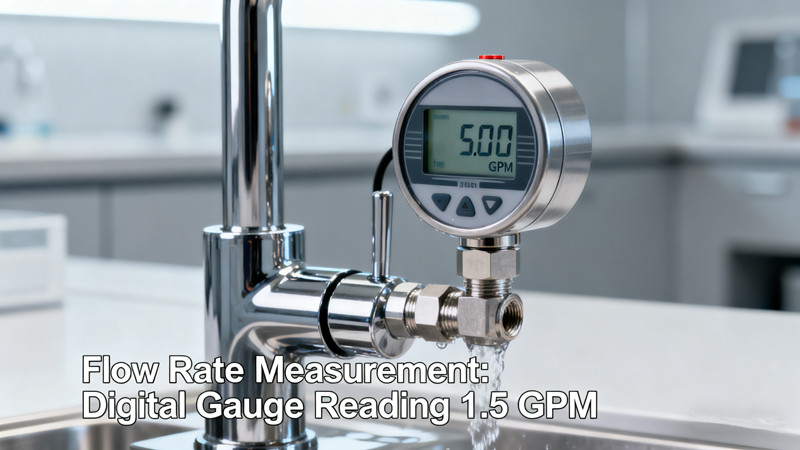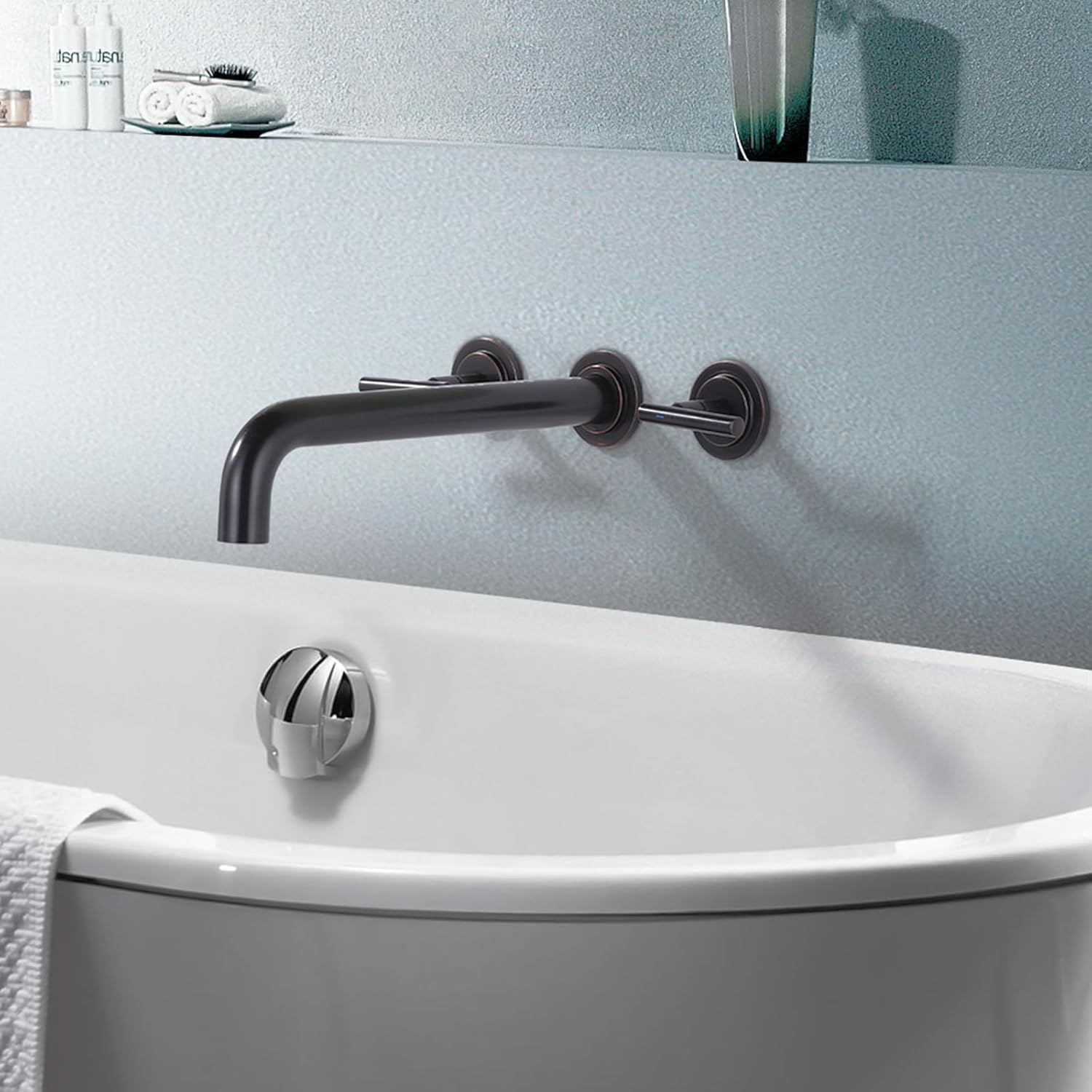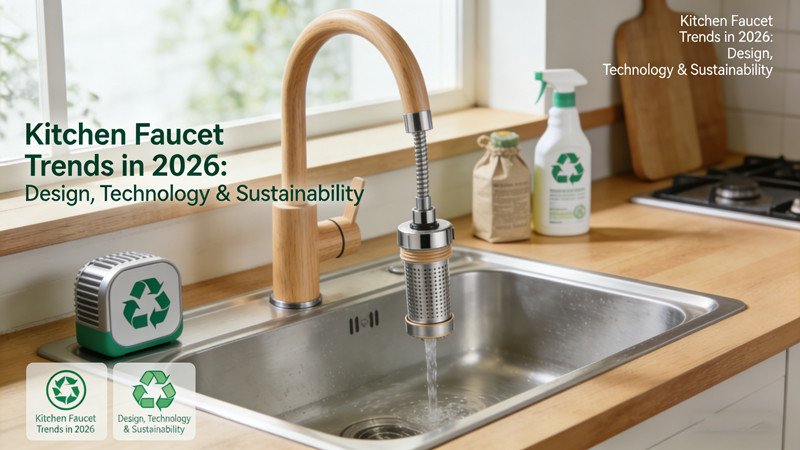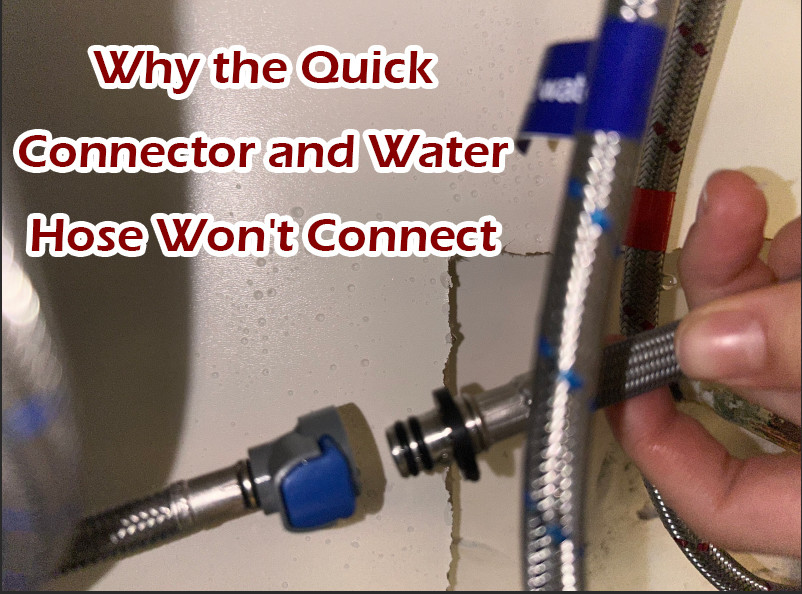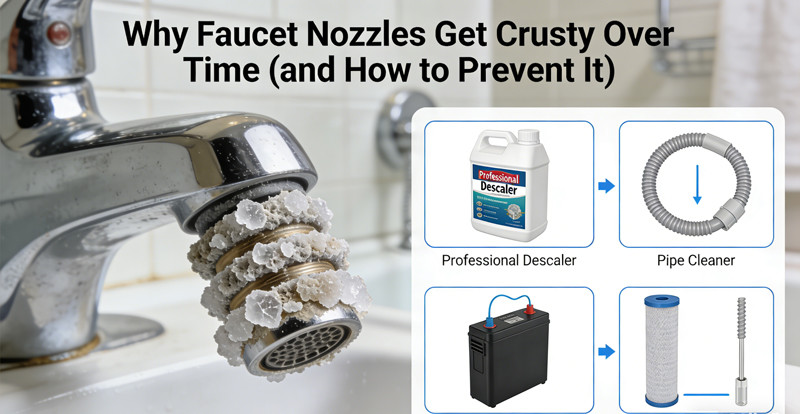When shopping for a new faucet or trying to optimize your water usage, one small component can make a surprisingly big difference—the flow regulator. Often overlooked, this device controls how much water comes out of your faucet, affecting not only your utility bills but also the faucet’s performance and user experience. Whether you’re aiming to save water, maintain good pressure, or comply with local efficiency standards, learning how to compare faucet flow regulators is key to making the right choice.
In this guide, we’ll walk through what flow regulators are, how they work, the factors to compare, and how to choose the best one for your needs.
1. What Is a Faucet Flow Regulator?
A faucet flow regulator is a small insert—usually made of plastic, silicone, or metal—that controls the water flow rate through the faucet. It’s typically located inside the aerator at the tip of the spout or within the faucet cartridge.
Flow regulators work by limiting the water volume while maintaining a steady stream, even when water pressure changes. For example, if your home’s pressure increases, a quality regulator automatically adjusts to maintain consistent flow.
The main goal is efficiency—delivering enough water for comfort and performance while avoiding unnecessary waste.
2. Why Flow Regulators Matter
Before diving into comparisons, it’s important to understand why flow regulators are so critical:
- 💧 Water conservation – Reducing flow from, say, 2.2 GPM (gallons per minute) to 1.5 GPM can save thousands of gallons of water per year.
- ⚡ Energy savings – Less water used means less energy spent heating it.
- 🧰 Faucet longevity – Regulating pressure prevents internal wear and tear.
- 🌍 Regulatory compliance – Many countries or states (like California) mandate low-flow standards for fixtures.
- 🚿 Consistent performance – You get a stable, splash-free stream even when water pressure fluctuates.
If you care about sustainability or just want a smoother faucet experience, the flow regulator is worth attention.
3. Key Metrics When Comparing Flow Regulators
When evaluating different faucet flow regulators, consider the following critical factors:
a. Flow Rate (GPM or L/min)
The flow rate determines how much water passes through your faucet per minute. In the U.S., flow is usually measured in GPM (gallons per minute); in many other countries, it’s L/min (liters per minute).
Common faucet flow rates include:
- 2.2 GPM (8.3 L/min): Standard flow for older faucets.
- 1.8 GPM (6.8 L/min): Moderate conservation without sacrificing comfort.
- 1.5 GPM (5.7 L/min): Common for WaterSense-certified faucets.
- 1.0 GPM (3.8 L/min): Ideal for maximum water savings.
When comparing, look for the balance between comfort and conservation. Too low a flow rate can make rinsing dishes or washing hands frustrating.
b. Pressure Compensation
A pressure-compensating regulator adjusts automatically to maintain consistent flow under varying water pressures.
- With compensation: Steady stream whether pressure is high or low.
- Without compensation: May spray too hard at high pressure or trickle weakly at low pressure.
If your water pressure fluctuates, a pressure-compensating regulator is worth the extra cost.
c. Build Material
Flow regulators can be made from:
- Plastic: Affordable and corrosion-resistant but less durable.
- Brass: Strong and long-lasting, ideal for high-use commercial settings.
- Silicone diaphragm designs: Common in pressure-compensating models for precision control.
For most household faucets, high-quality plastic with a silicone diaphragm offers the best mix of price and performance.
d. Compatibility
Check whether the flow regulator matches your faucet brand, thread size, and aerator type:
- Male or female threads: Determine how it fits your spout.
- Size standards: 15/16”, 55/64”, M24, M22, etc.
- Aerator style: Standard, spray, laminar, or needle stream.
If you’re upgrading an existing faucet, bring the old regulator or aerator to compare dimensions before purchasing a replacement.
e. Certifications and Standards
Reputable flow regulators carry certifications that ensure quality and compliance:
- EPA WaterSense® – U.S. standard for water efficiency (≤1.5 GPM).
- NSF/ANSI 61 – Ensures materials are safe for drinking water.
- ISO 9001 / CE – International quality management standards.
When comparing regulators, always check for these marks—they indicate reliability, safety, and regulatory approval.
f. Maintenance and Cleaning
Over time, mineral buildup can clog flow regulators, especially in hard-water areas. Choose designs that are easy to remove and clean. Some modern regulators have self-cleaning features or removable screens to make maintenance simple.
4. Comparing Real-World Performance
Beyond technical specs, test results and user feedback are invaluable. When comparing faucet flow regulators, pay attention to:
- Stream quality: Does it deliver a smooth, splash-free stream?
- Noise level: Cheaper regulators may whistle or buzz at high pressure.
- Ease of installation: Some snap in; others require tools.
- Durability: Does performance decline after months of use?
Reading reviews or watching test videos can reveal how well different models perform in daily use.
5. Matching Flow Regulators to Your Needs
Choosing the “best” regulator depends on where it will be used:
| Location | Recommended Flow Rate | Notes |
|---|---|---|
| Bathroom sink | 1.0–1.5 GPM | Comfortable handwashing with savings |
| Kitchen faucet | 1.5–1.8 GPM | Higher flow helps with rinsing and filling pots |
| Utility/laundry sink | 2.0+ GPM | Prioritize function over efficiency |
| Public restroom | 0.5–1.0 GPM | Maximized water savings |
If your faucet serves multiple purposes (like a kitchen sprayer), consider dual-flow regulators that let you switch between high and low flow rates.
6. Cost vs. Benefit
Flow regulators are inexpensive—typically just a few dollars each—but their long-term benefits can be substantial. For instance, reducing a faucet from 2.2 GPM to 1.5 GPM can save over 2,000 gallons of water per year, translating to noticeable savings on both water and energy bills.
So, while it may seem like a minor upgrade, choosing the right regulator can quickly pay for itself.
7. Final Thoughts
Comparing faucet flow regulators might seem technical at first, but it’s really about finding your ideal balance—the right mix of comfort, water efficiency, and performance. By focusing on key metrics like flow rate, pressure compensation, material, and certifications, you can choose a regulator that enhances your faucet’s usability while helping conserve water and energy.
Whether you’re outfitting a new bathroom or optimizing your existing fixtures, take a moment to look beyond the faucet’s finish and design. Inside, the humble flow regulator plays a quiet but powerful role in making your home more sustainable, efficient, and cost-effective.
 WOWOW Faucets
WOWOW Faucets